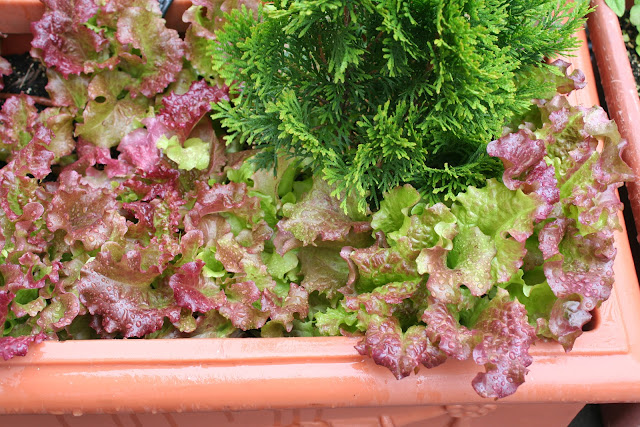 The Peggy Rockefeller Rose Garden of the NYBG offers not just fragrance and visual beauty, but leadership in the rose growing world. Curator Peter Kukielski teaches us about easy-to-grow roses for the sake of the gardener and to help protect the environment. To those ends he has planted two sections of Earth-Kind™ roses, those which need NO pesticides or fungicides, no feeding, no winter protection, and no more than three supplemental waterings in a drought year.
The Peggy Rockefeller Rose Garden of the NYBG offers not just fragrance and visual beauty, but leadership in the rose growing world. Curator Peter Kukielski teaches us about easy-to-grow roses for the sake of the gardener and to help protect the environment. To those ends he has planted two sections of Earth-Kind™ roses, those which need NO pesticides or fungicides, no feeding, no winter protection, and no more than three supplemental waterings in a drought year.Scientists at Texas A&M Agriculture department developed the program to test and identify environmentally responsible plants for Texas that would grow on their on roots, not budded, in any type of soil, with eight hours of full sun and good air circulation. Depending on soil they recommend 3-6 inches of good compost and for clay soils 3 inches of expanded shale to the hole at planting. The research program tested recommended roses from many breeders and after 4 years of lab testing and 4 years of landscape testing came up with a list of 21 designated as Earth-Kind™.
The only maintenance needed is keeping 3 inches of shredded hardwood or leaf mulch on the soil, topping up once or twice a year.

Above, part of the Earth-Kind™ display at NYBG, featuring the climber 'New Dawn'. Kukielski has planted big balls of Allium cristophii throughout the rose garden this year, a stunning addition.
But What About Us?
cried rose growers from around the country. Would the Texas-selected roses be easy to grow in New York, California places in between? Enter the NYBG and other sites around the country who are testing shrubs worthy of the Earth-Kind label for various climates. The goal is regional labels you can trust, all approved and administered by the Earth-Kind team at Texas A&M.
Kudos to Kukielski and NYBG for not only planting some of the Texas-tested varieties in the rose garden now, but for maintaining a long-term research plot open to the public but behind the scenes where failures are not only tolerated but necessary. Watch for results to come.
Below, an Earth-Kind designated rose, one of my favorites, Rosa 'Mutabilis', The Butterfly Rose on The High Line, NYC, 6/12. To learn more...
























